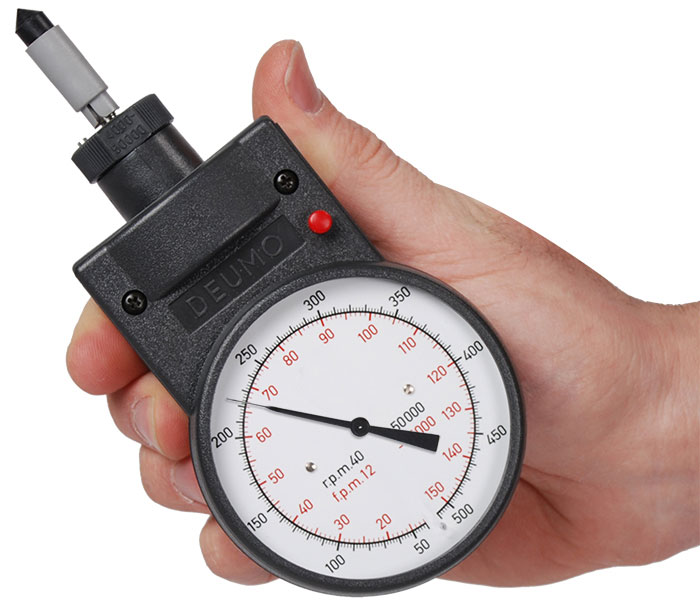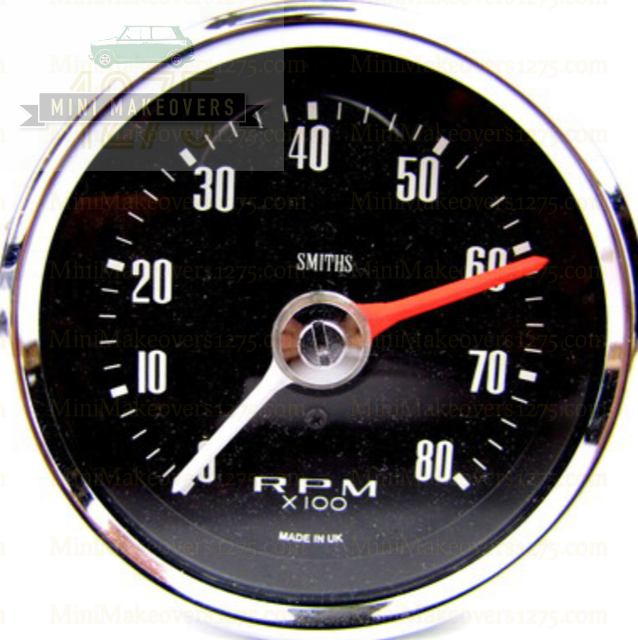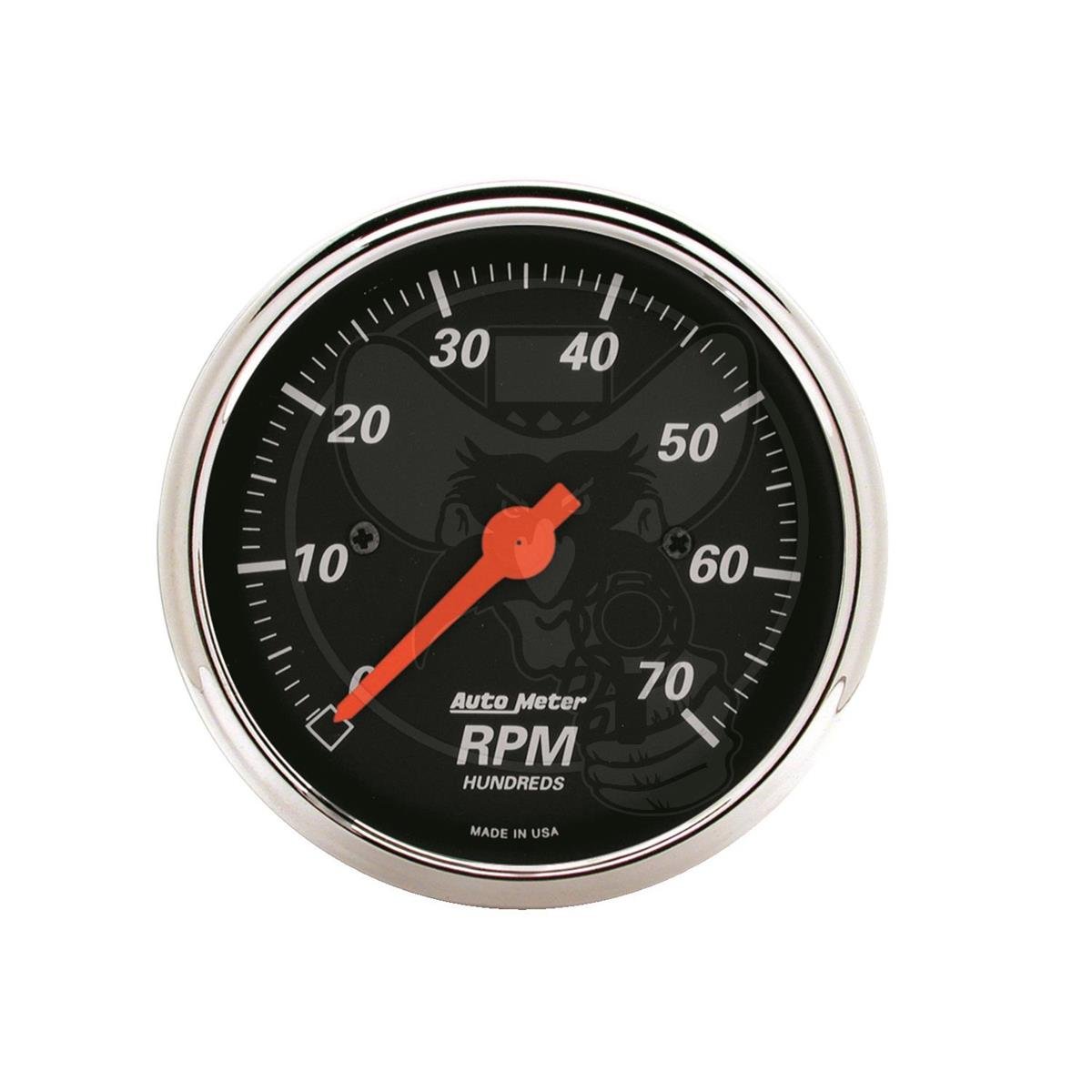The Advantages of Mounting a Tachometer in Your Vehicle
The Advantages of Mounting a Tachometer in Your Vehicle
Blog Article
The Significance of a Tachometer in Checking Engine Rate and Performance in Automotive Applications
In the realm of automotive engineering, the tachometer stands as a pivotal instrument in the motorist's arsenal, giving a direct window into the inner operations of an automobile's engine. Beyond its function as a simple scale of changes per minute (RPM), the tachometer offers as a crucial device for enthusiasts and specialists alike, supplying real-time insights right into engine efficiency and health and wellness. Comprehending the value of this device goes beyond surface-level monitorings, diving into the elaborate relationship between engine speed, power outcome, and total driving experience. As we discover the multifaceted role of the tachometer in auto applications, a deeper appreciation for its effect on car dynamics and efficiency starts to arise.
Importance of Monitoring Engine RPM
Keeping an eye on engine RPM, or revolutions per min, is an essential facet of vehicle maintenance and performance evaluation. Engine RPM directly associates with the rate at which the engine's crankshaft revolves, indicating just how promptly the engine is running.
In addition, monitoring engine RPM is important for efficiency examination in auto racing and high-performance lorries. Maintaining ideal RPM levels is crucial for attaining peak power outcome and acceleration. Racers commonly utilize tachometers to guarantee they are operating within the optimal RPM array for maximum performance. In summary, monitoring engine RPM is not only important for finding problems yet additionally for optimizing engine efficiency in numerous auto applications.

Advantages of Real-Time Data
In automobile applications, real-time data plays an important role in giving immediate insights into the performance and problem of the car. By constantly checking numerous parameters such as engine rate, temperature level, gas usage, and extra, real-time information offers numerous benefits that add to boosted efficiency and security when traveling.
One significant benefit of real-time data is its capability to alert chauffeurs and technicians to any type of anomalies or problems without delay. This positive technique enables quick recognition of possible issues, enabling timely interventions to protect against more damage or breakdowns. Furthermore, real-time data assists in efficiency optimization by giving immediate comments on driving routines and engine effectiveness. Chauffeurs can change their habits in real-time based upon this details to attain better fuel economic climate and lengthen the life expectancy of their lorry.

Additionally, real-time data plays an important duty in modern auto diagnostics, making it possible for visit site service technicians to promptly detect and address malfunctions. This brings about minimized downtime, lower upkeep costs, and ultimately, boosted general lorry integrity and longevity (tachometer). By using the power of real-time information, automotive stakeholders can make educated choices that favorably impact both the performance and long life of the car
Effect On Equipment Shifts
Reliable gear shifts in automobile applications substantially influence total performance and driving experience. The tachometer plays an important role in optimizing equipment changes by supplying real-time engine rate data to the driver. When coming close to the redline on the tachometer, it signifies the vehicle driver to upshift to prevent over-revving the engine and triggering potential damages. On the other hand, downshifting at the right moment can aid maintain the engine in its power band, ensuring responsive velocity when needed.
Additionally, the tachometer help in accomplishing smoother gear transitions, particularly in hand-operated transmissions. By keeping track of engine rate, vehicle drivers can implement gear changes at the optimum RPM array, reducing jerking movements and reducing wear on the transmission parts. This precision on duty changes not just boosts driving comfort yet likewise adds to fuel efficiency.
Enhancing Gas Efficiency
Offered the essential role the tachometer plays in maximizing gear changes for performance and engine wellness, it straight adds to optimizing fuel effectiveness in vehicle applications. By providing real-time comments on engine speed, the tachometer aids drivers in preserving one of the most reliable RPM range for gas economy. When drivers continually keep track of the tachometer and readjust their motoring behaviors as necessary, they can avoid unneeded fuel usage triggered by over-revving or hauling the engine.
Additionally, the tachometer helps vehicle drivers recognize the most fuel-efficient gear to be in at any kind of given moment, preventing the go to my site engine from working harder than required. In final thought, the tachometer serves as a beneficial device in improving gas performance by advertising optimum driving behaviors and determining locations for renovation in the vehicle's efficiency.

Maximizing Engine Longevity
The tachometer's function in keeping track of engine rate and efficiency is important in page ensuring the longevity of auto engines. By making use of the tachometer efficiently, motorists can optimize engine durability via mindful RPM administration. Constantly revving an engine expensive can lead to extreme deterioration on vital components, such as the pistons, shutoffs, and bearings. With time, this can cause lowered engine efficiency and potential malfunctions. Keeping track of the tachometer enables vehicle drivers to stay within the recommended RPM range for their vehicle, avoiding unnecessary stress on the engine and prolonging its life expectancy.

Verdict
To conclude, the tachometer plays a vital duty in checking engine rate and efficiency in auto applications. By supplying real-time data on RPM, it permits for effective gear changes, boosted gas effectiveness, and made best use of engine longevity. This tool is vital for preserving optimum engine efficiency and making certain the overall functionality of a vehicle.
Report this page